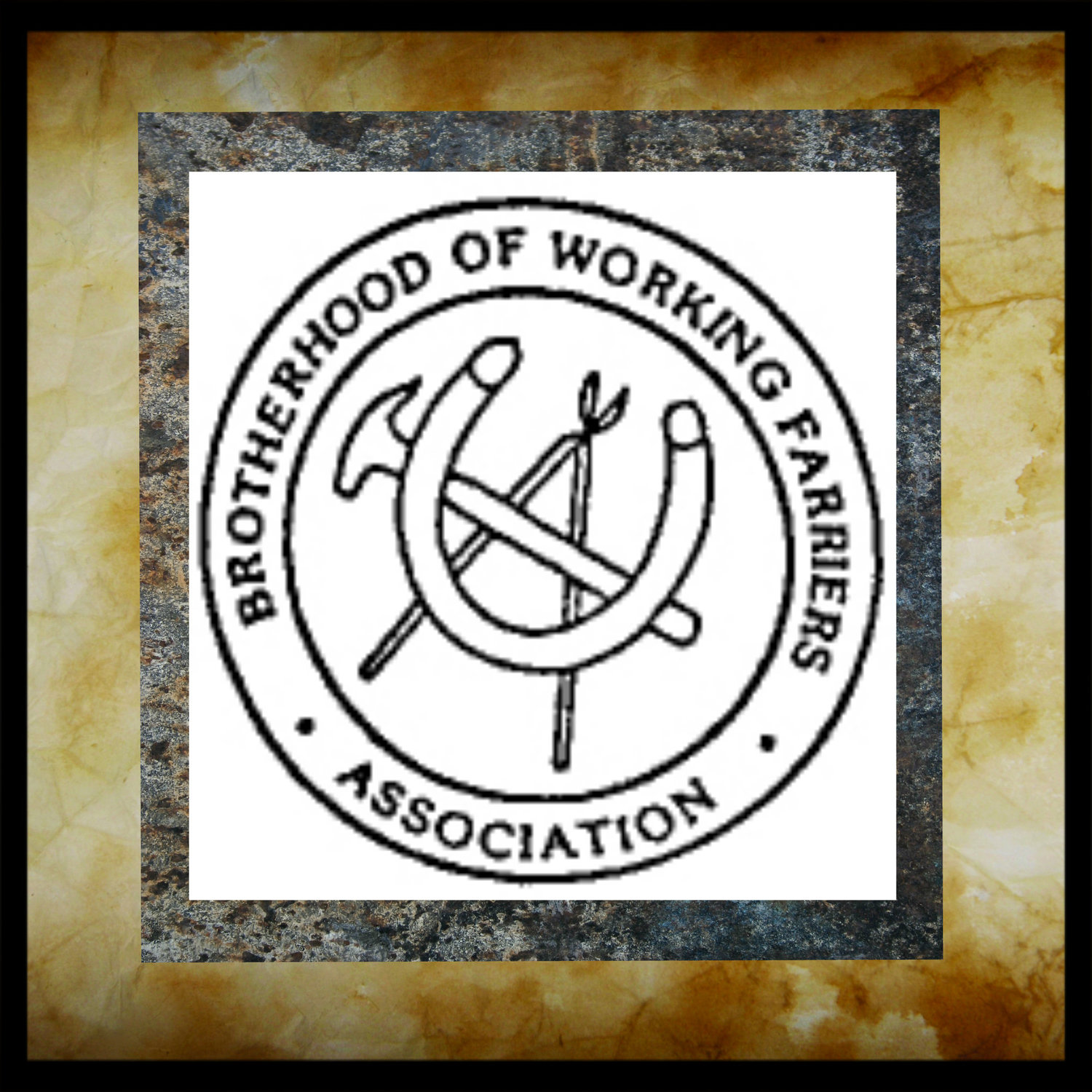Tips to Maintain Good Farrier Relationships
Did you every wonder how to maintain a good relationship with your farrier? Well, as a farrier, I think that's a great question!
First and foremost, I'd say to keep your appointments on the regular schedule that you and your farrier have established. A schedule of 6 to 8 weeks is recommended because any longer than 2 months makes the farrier's job more difficult. Also, keep cancellations to a minimum. It's agonizing to rearrange your working schedule when you have many appointments throughout the day or week. We all understand that things come up from time to time, but don't make it a regular habit.
Secondly, provide a good working location. Frequently, we have to trim or shoe in dirt, mud, or even tall grass. It is important for the farrier to have a level working area in order to obtain proper visual information about your horse. A cement pad is nice but a clean flat dirt area in your barn can work well too.
Third, I recommend owners work with their horses. When a farrier shows up to work on your horses he or she has to spend time training rather than shoeing or trimming you shouldn't be surprised with a higher bill; especially if your horse won't stand or it tries to kick, bite or any number of things. If you need to do some practice sessions with your horse to make him stand still it will certainly be worth the time and effort later on. Usually, the owners that don't work or train their horses will be some of the first customers that the farrier will drop. Personally, I am more willing to give discounts for the horses that stand good and don't give any problems.
With that in mind, don't complain about the price you get. Your farrier is a professional and should be treated that way; especially id he/she is a certified farrier. They have been rained and tested in the proper techniques of trimming and shoeing your horses. Many horse owners think that paying the least amount possible is good. Not necessarily so…after all, you get what you pay for. Prices for all things have gone up through the years and so should your farriers work. They are the ones that have been trained to keep your horse in optimal condition.
Some other tips that make for a good relationship with your farrier would be to turn your horse out for a few minutes before your farrier arrives so that your horse can burn some energy and stretch some, especially if the horse has been in the stall for many hours.
Let your farrier know any pertinent information regarding the horse whether he has been doing additional training or conditioning. It's helpful to know if a mare has come into season or a stud horse has entered the scene. Inform your farrier if you have witnessed any problems with lameness.
And finally, listen to the advice your farrier gives. We see a lot of horses day in and day out and often can recognize issues with your horse and recommend corrective solution.
By keeping an open line of communication with your farrier you can expect to have a long happy relationship with your horses.
Russell Bloodworth is a graduate of
Casey and Son Horseshoeing School
in Villanow, GA and he has completed the
Nolan Hoof Plate Application School.
His working areas include NW Florida
and central and south Alabama.
